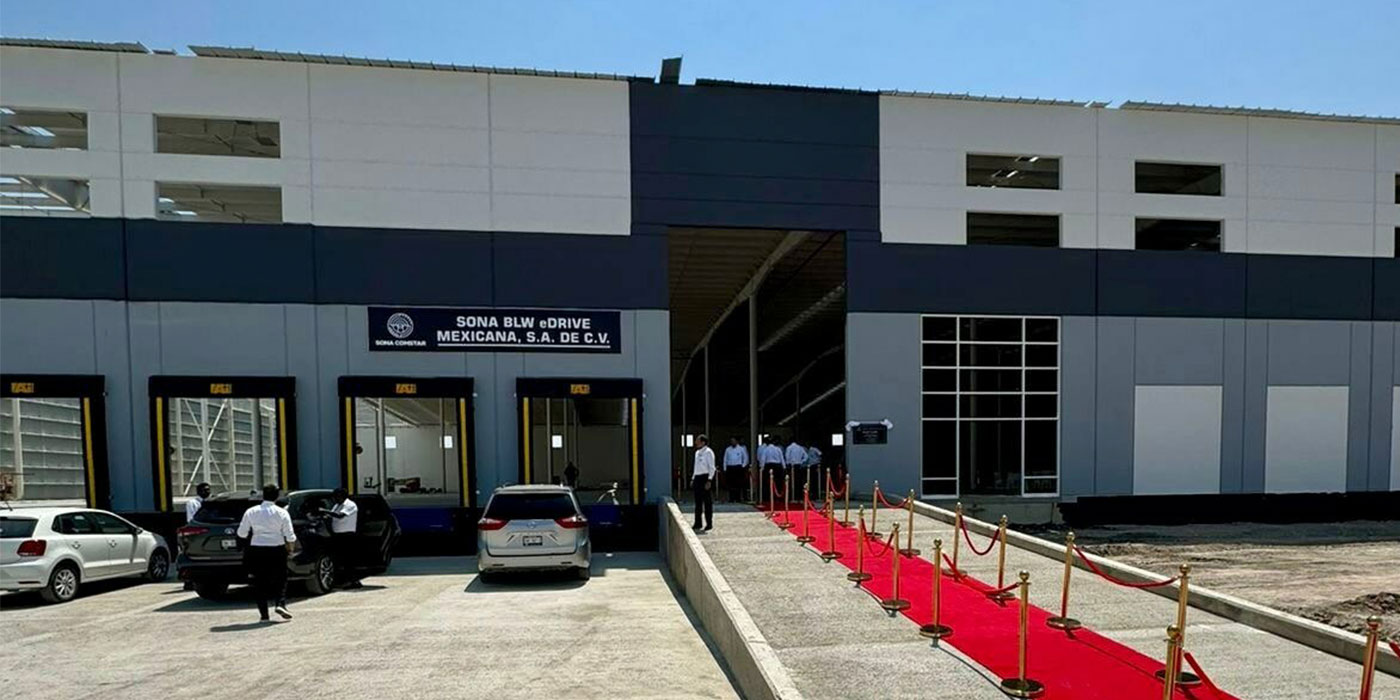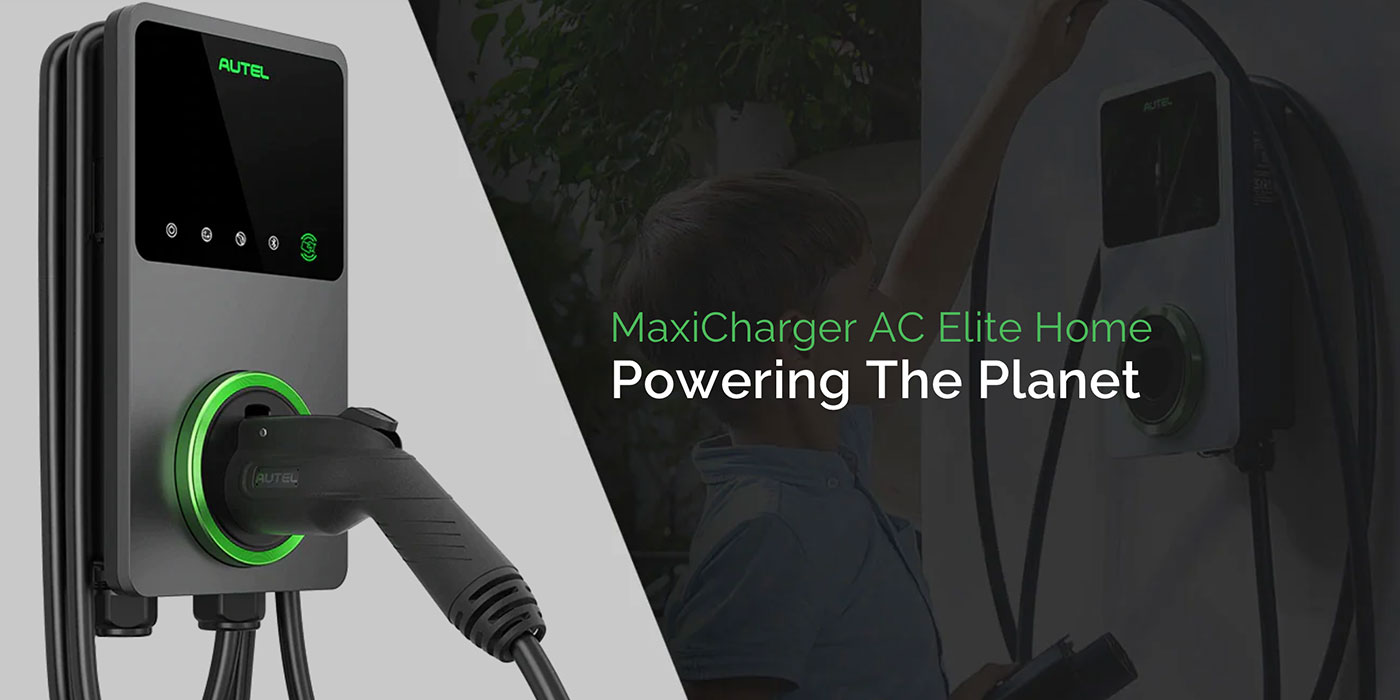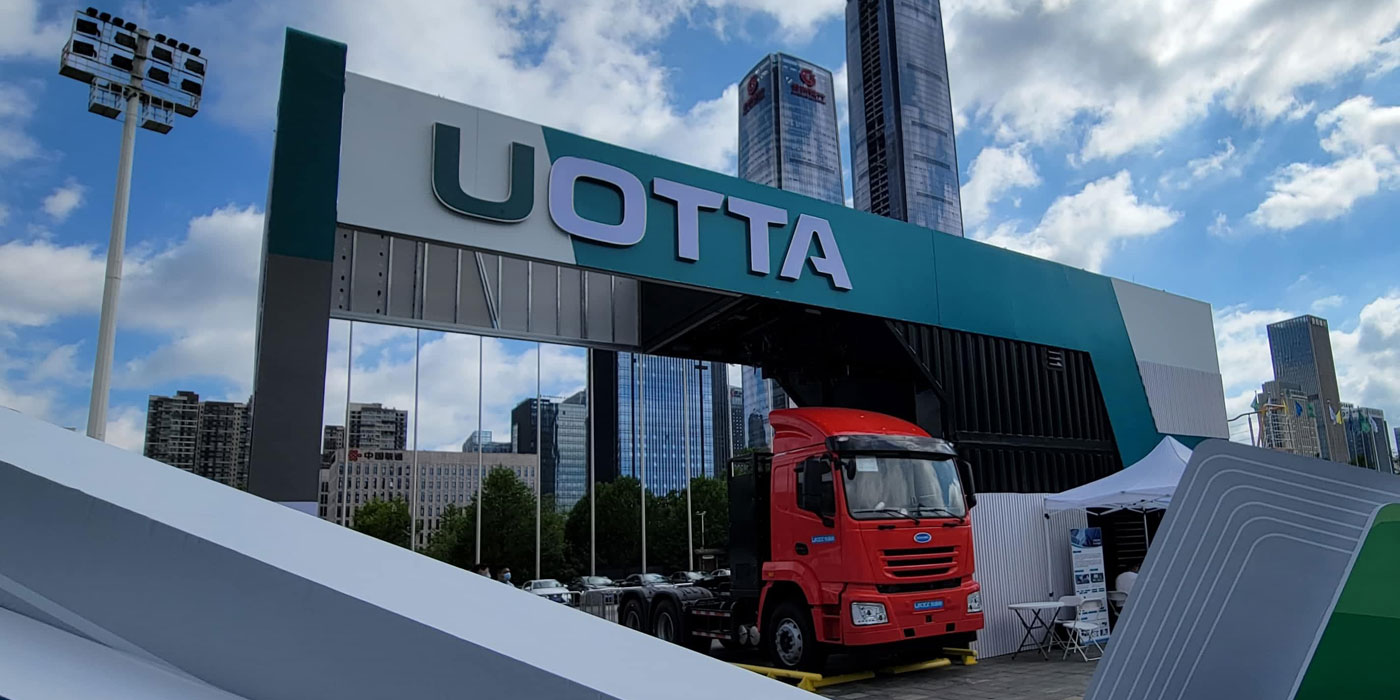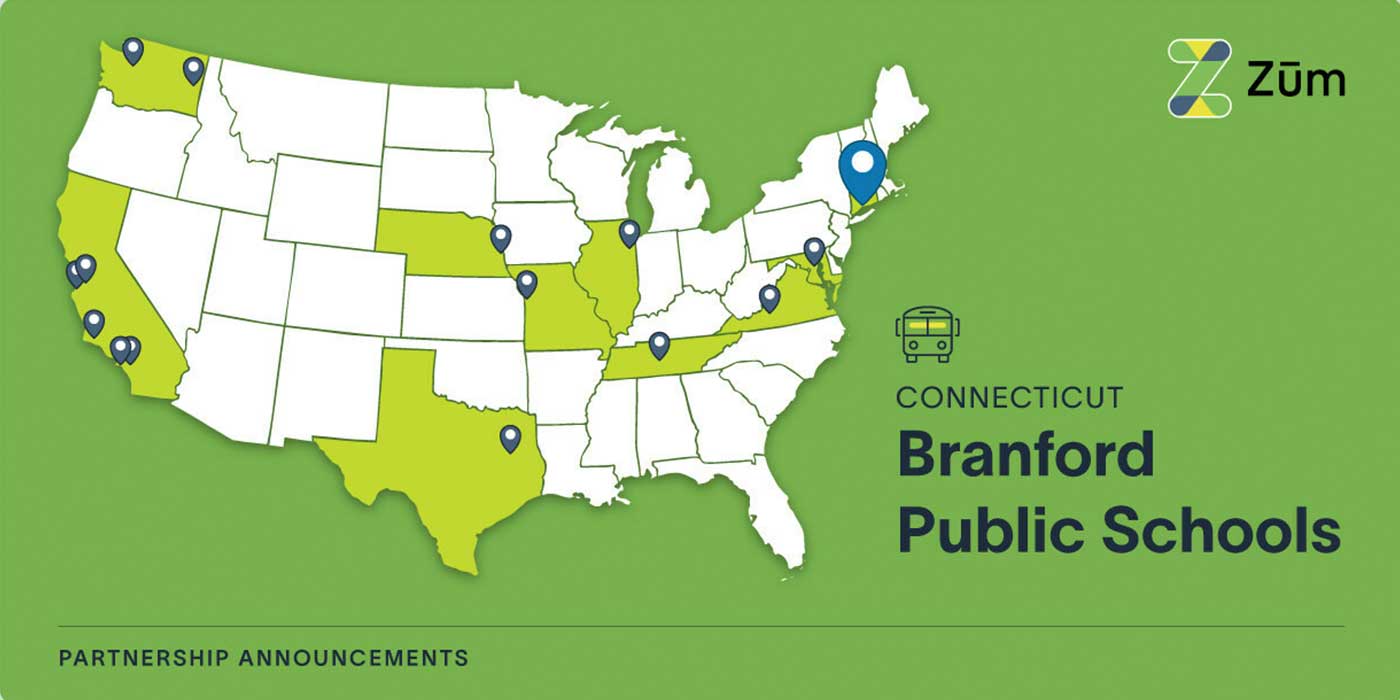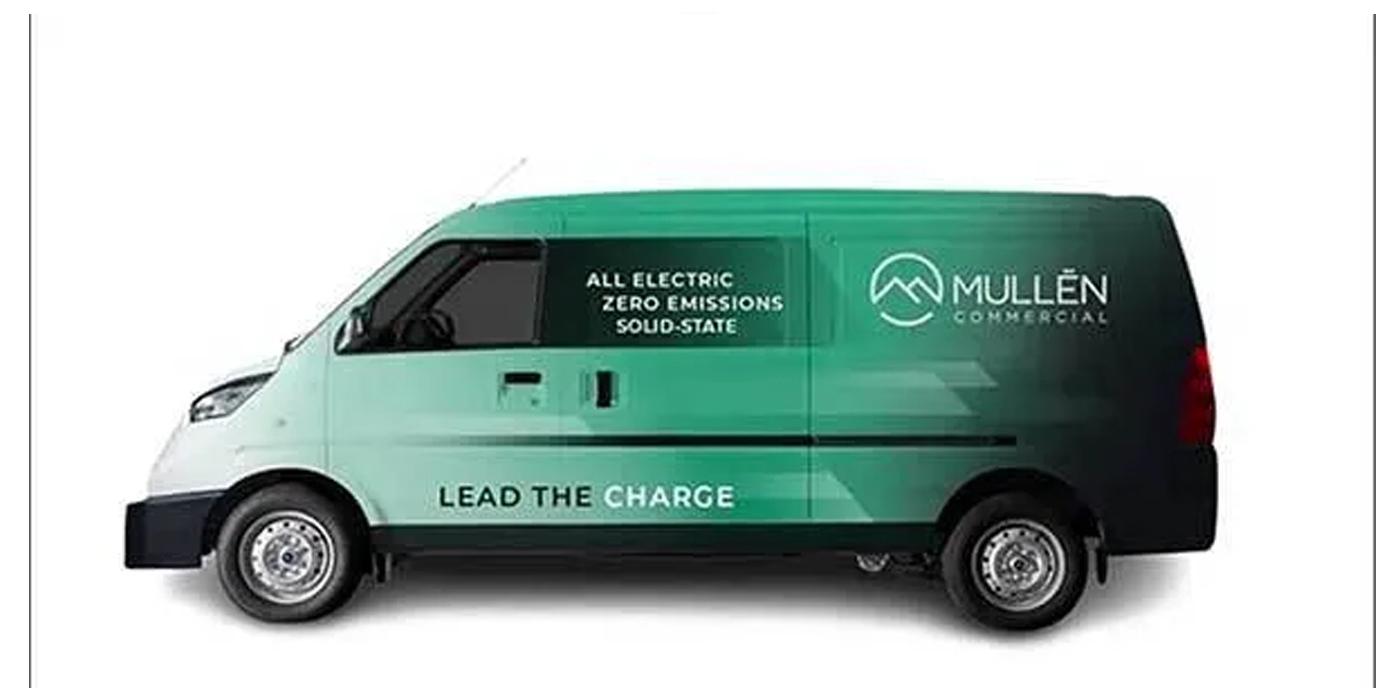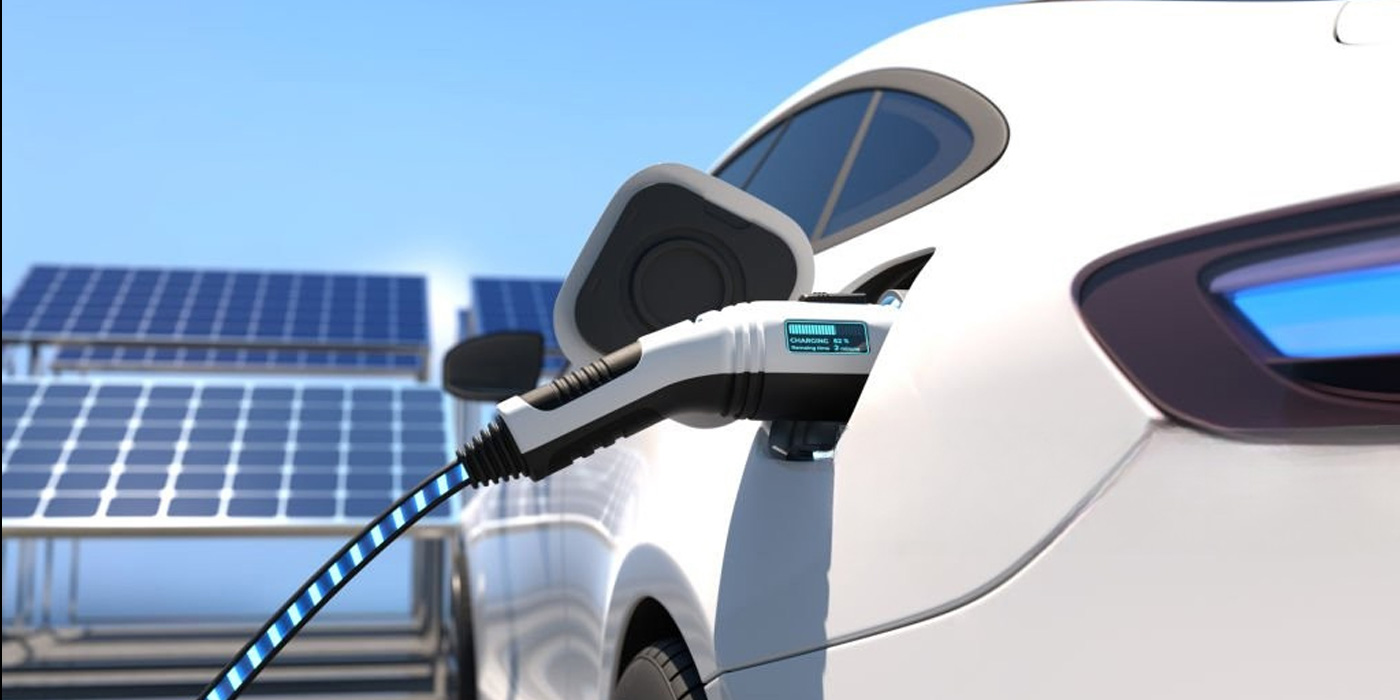The Government of Canada has taken a significant step towards increasing the availability of electric vehicles (EVs) by finalizing its new Electric Vehicle Availability Standard. Announced by Steven Guilbeault, minister of environment and climate change, the standard aims to ensure a continuous supply of zero-emission vehicles to meet the national target of 100 percent zero-emission vehicle sales by 2035.
With interim goals set for 20 percent of all vehicle sales by 2026 and 60 percent by 2030, the initiative is designed to bring the supply of EVs to Canadian markets, reducing wait times and ensuring access to the latest vehicles. The standard aligns with international efforts to reduce emissions and expand EV use, as seen in the United States, the United Kingdom and the European Union.
As the shift towards EVs gains momentum in Canada, with a noticeable decrease in pricing and an increase in demand, provinces like British Columbia and Quebec are seeing new electric vehicles making up one in five sales, thanks to similar existing standards.
Experts indicate that the long-term affordability of EVs, bolstered by federal and provincial incentives, equates to significant savings over traditional gas-powered vehicles, the Canadian government said. To support the transition to electric transportation, the Canadian government has committed $1.2 billion to establish 84,500 chargers by 2029. This investment complements private and provincial efforts to expand the charging network.
The establishment of the Standard follows two years of engagement and adopts a phased-in approach for a smooth transition to a zero-emission future, the Canadian government said. The government’s investment in EV production and battery supply chains is poised to create thousands of jobs within a modern automotive supply chain.
Anita Anand, president of the Treasury Board, remarked on the government’s progress in greening its operations and achieving a 40 percent reduction in emissions from on-road vehicles, with a goal to transition to 100 percent zero-emission vehicles by 2030.
Pablo Rodriguez, minister of transport, and Mark Holland, minister of health, echoed the sentiment, highlighting the job creation and health benefits associated with the move towards EVs.
Jonathan Wilkinson, minister of energy and natural resources, and Julie Dabrusin, parliamentary secretary to the minister of environment and climate change and to the minister of energy and natural resources, acknowledged the role of EVs in securing a low-carbon future and the importance of supporting the deployment of these vehicles and their infrastructure across Canada.




